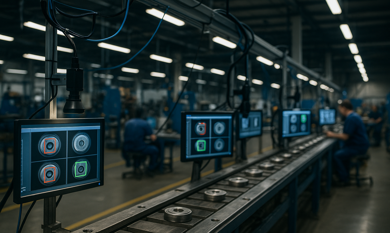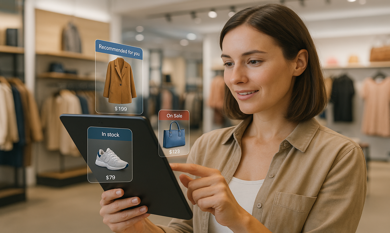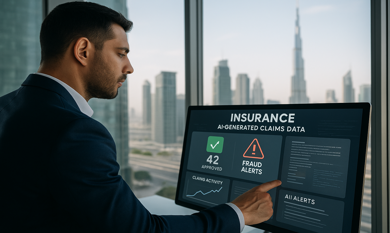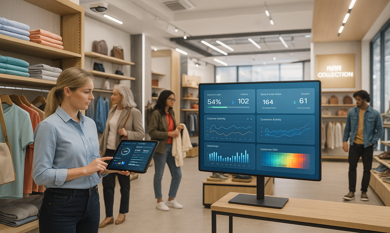In today's rapidly evolving healthcare landscape, technological advancements are playing an increasingly pivotal role in reshaping how medical services are delivered and accessed. Among these innovations, Bluetooth Low Energy (BLE) app development is emerging as a transformative solution for remote patient monitoring, offering unprecedented opportunities to enhance patient care, improve efficiency, and reduce healthcare costs. This article explores the future of healthcare through the lens of BLE app development for remote patient monitoring, delving into its potential impact, benefits, challenges, and the promising outlook it presents for the healthcare industry.
Introduction to BLE App Development in Healthcare
Bluetooth Low Energy (BLE) technology has gained significant traction in recent years for its ability to enable low-power, wireless communication between devices over short distances. In the context of healthcare, BLE app development holds immense promise for facilitating remote patient monitoring, allowing healthcare providers to track patients' vital signs, symptoms, and medication adherence from a distance. By leveraging BLE-enabled devices such as wearable sensors, smart devices, and mobile applications, healthcare professionals can gather real-time health data, monitor patients' conditions remotely, and intervene promptly when necessary.
The Benefits of BLE App Development for Remote Patient Monitoring
1. Improved Patient Outcomes: BLE app development enables continuous monitoring of patients' health metrics, facilitating early detection of health issues and proactive interventions. By providing patients with access to personalized health data and reminders for medication adherence, BLE apps empower individuals to take control of their health and make informed decisions.
2. Enhanced Access to Care: Remote patient monitoring via BLE apps eliminates geographical barriers and enables patients to receive high-quality care regardless of their location. This is particularly beneficial for individuals residing in rural or underserved areas, as well as those with mobility limitations or chronic conditions requiring ongoing monitoring.
3. Cost Savings: By reducing the need for frequent in-person visits and hospital readmissions, remote patient monitoring powered by BLE apps can lead to significant cost savings for healthcare systems, insurers, and patients alike. Preventive care and early intervention facilitated by remote monitoring can help mitigate the progression of chronic conditions and reduce healthcare expenditures associated with emergency care and hospitalizations.
4. Enhanced Provider Efficiency: BLE app development streamlines healthcare delivery by automating data collection, analysis, and reporting processes. Healthcare providers can remotely monitor multiple patients simultaneously, prioritize interventions based on real-time data, and allocate resources more efficiently, resulting in improved workflow efficiency and better allocation of personnel.
5. Data-driven Decision Making: The wealth of real-time health data collected through BLE-enabled devices and apps provides healthcare providers with valuable insights into patients' health trends, treatment responses, and adherence to care plans. This data-driven approach enables personalized interventions, optimized treatment strategies, and continuous quality improvement in healthcare delivery.
Challenges and Considerations
While BLE app development holds immense promise for remote patient monitoring, several challenges and considerations must be addressed to realize its full potential:
1. Data Security and Privacy: Protecting sensitive health information transmitted and stored by BLE-enabled devices and apps is paramount. Robust security measures, encryption protocols, and compliance with healthcare regulations such as HIPAA are essential to safeguard patient privacy and confidentiality.
2. Interoperability and Integration: Ensuring seamless interoperability and integration with existing healthcare systems, electronic health records (EHRs), and medical devices is crucial for the successful implementation of BLE-based remote monitoring solutions. Standardization of data formats, protocols, and communication interfaces is needed to facilitate data exchange and interoperability across different platforms and devices.
3. User Engagement and Adoption: Promoting user engagement and adoption of BLE-enabled remote monitoring solutions among both patients and healthcare providers is essential for their success. User-friendly interfaces, intuitive design, personalized features, and clear communication of the benefits of remote monitoring are key factors influencing user acceptance and adherence to these technologies.
4. Regulatory Compliance: Compliance with regulatory requirements and standards governing medical device software, data privacy, and security is essential for the development and deployment of BLE-based remote monitoring solutions. Healthcare organizations and app developers must adhere to applicable regulations and obtain necessary approvals to ensure the safety, effectiveness, and legality of their products and services.
The Promising Outlook
Despite these challenges, the future of healthcare powered by BLE app development for remote patient monitoring appears exceedingly promising. As technology continues to advance, and healthcare organizations increasingly embrace digital health solutions, the adoption of BLE-enabled remote monitoring is expected to surge. With ongoing innovations, strategic partnerships, and concerted efforts to address challenges related to security, interoperability, and user adoption, BLE-based remote monitoring has the potential to revolutionize healthcare delivery, improve patient outcomes, and drive greater efficiency across the healthcare ecosystem.
Conclusion
In conclusion, BLE app development for remote patient monitoring represents a transformative force in the future of healthcare. By harnessing the power of Bluetooth Low Energy technology, healthcare providers can deliver personalized, proactive care to patients anytime, anywhere. The benefits of remote patient monitoring facilitated by BLE apps are far-reaching, encompassing improved patient outcomes, enhanced access to care, cost savings, provider efficiency, and data-driven decision-making. While challenges such as data security, interoperability, user engagement, and regulatory compliance remain, the promising outlook for BLE-based remote monitoring underscores its potential to reshape healthcare delivery and empower individuals to lead healthier lives in the digital age. As healthcare organizations, technology developers, regulators, and stakeholders collaborate to overcome barriers and drive innovation, BLE app development for remote patient monitoring is poised to unlock new possibilities and usher in a future where healthcare is more accessible, efficient, and patient-centered than ever before.
As a leading provider of BLE app development solutions in Ahmedabad, Theta Technolabs is committed to pushing the boundaries of innovation and excellence in healthcare technology. With its expertise in developing robust, user-friendly apps and its focus on meeting the unique needs of the healthcare industry, Theta Technolabs is poised to play a pivotal role in advancing remote patient monitoring and improving healthcare outcomes worldwide. By collaborating with healthcare organizations, technology developers, regulators, and stakeholders, Theta Technolabs is dedicated to overcoming challenges, driving innovation, and unlocking new possibilities in remote patient monitoring. Together, we can create a future where healthcare is more accessible, efficient, and patient-centered than ever before.














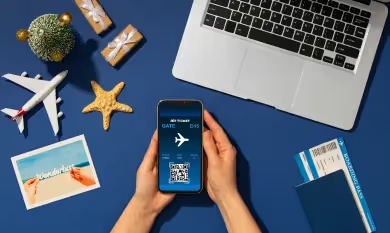
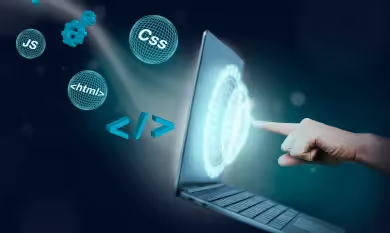
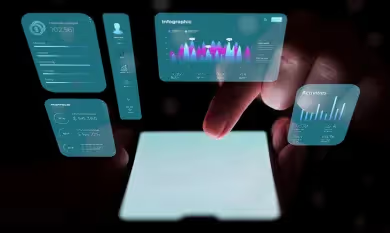
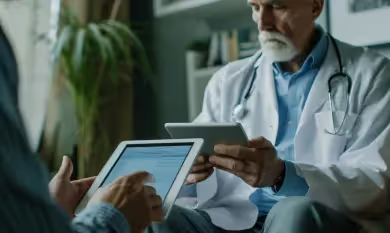
_Computer%20Vision-enabled%20Web%20and%20Mobile%20Interfaces%20for%20Mall%20Management%20in%20Dubai_Q1_In_24.avif)
_Smart%20Solutions%20for%20Healthcare_%20How%20IoT%20Development%20is%20Reshaping%20Dubai%20Hospitals_Q1_In_24.avif)
_Automated%20Checkout%20Systems.avif)
_Smart%20Manufacturing%20in%20Dubai_%20How%20AI%20is%20Driving%20Efficiency%20and%20Innovation_Q1_In_24.avif)
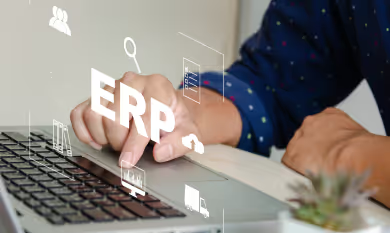
_Understanding%20the%20Impact%20of%20AI%20and%20Machine%20Learning%20on%20Fintech%20Web%20Apps%20in%20Dubai_Q2_24.avif)
_Explore%20the%20Best%20Cross-Platform%20App%20Development%20Frameworks%20of%202024_Q3_24.avif)


_Top%20Benefits%20of%20Cloud%20Computing%20for%20All%20Business%20Sectors_Q2_24.avif)
_Integrating%20IoT%20with%20Mobile%20Apps%20for%20Advanced%20Renewable%20Energy%20Solutions_Q2_24.avif)

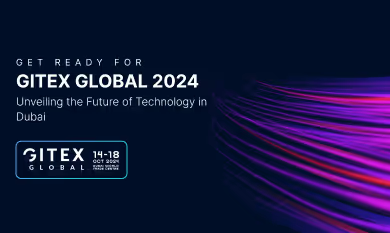
_The%20Transformative%20Role%20of%20Open%20Banking%20APIs%20in%20Fintech%20for%202024_Q3_24.avif)
_Choosing%20the%20Right%20Computer%20Vision%20Development%20Partner%20in%20Ahmedabad%20for%20Construction_Q3_24.avif)
_Node.js%20and%20Blockchain_%20A%20Perfect%20Pair%20for%20Fintech%20Innovation%20in%20Dubai_Q3_24.avif)
_How%20AI%20Development%20Companies%20in%20Ahmedabad%20are%20Transforming%20the%20Shopping%20Experience_Q4_25.avif)
_How%20IoT%20Can%20Reduce%20Energy%20Costs%20in%20Smart%20Factories_Q4_25.avif)

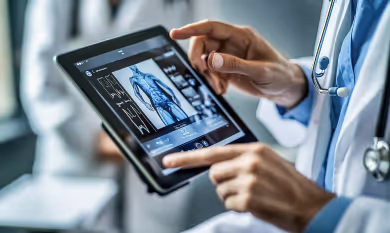

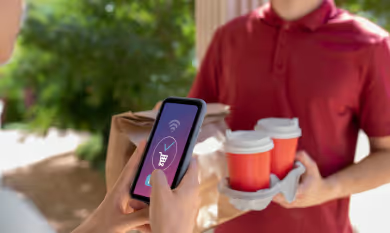


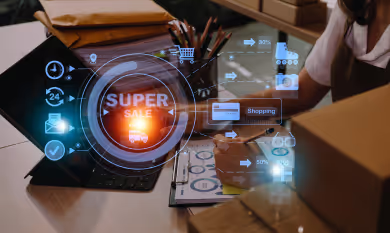


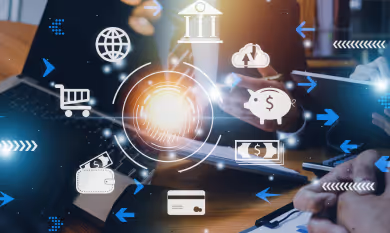


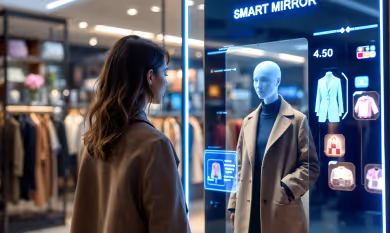
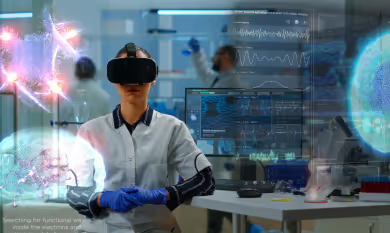


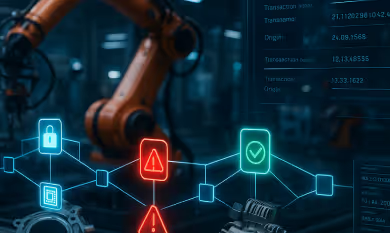






.avif)
.avif)
.avif)

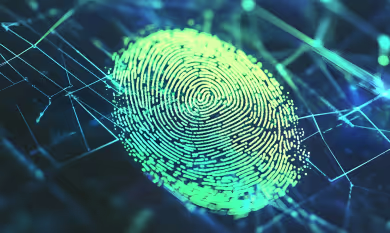
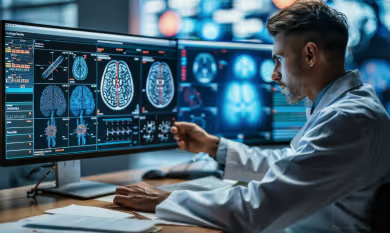
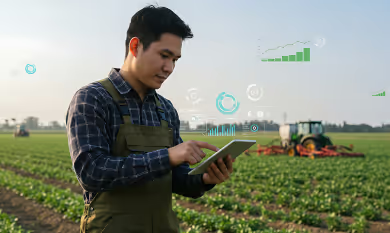

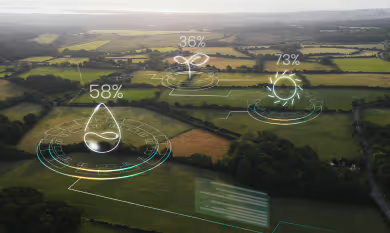



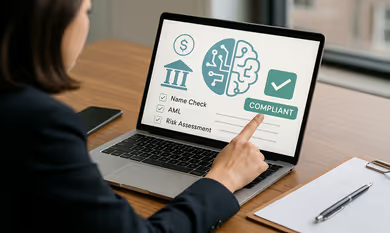
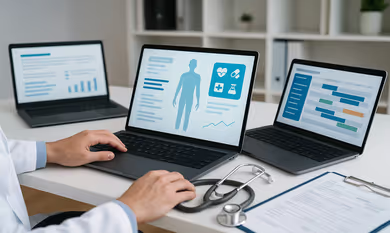



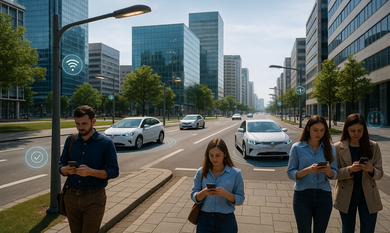

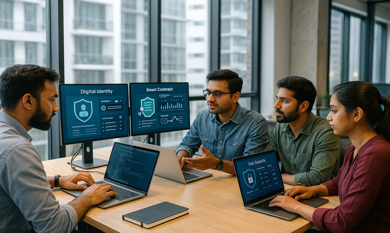
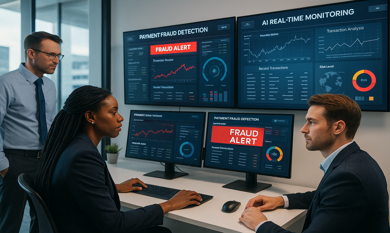

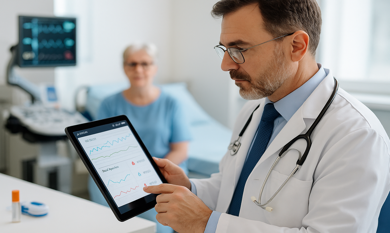
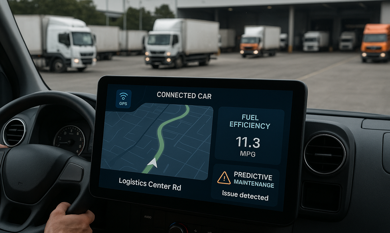
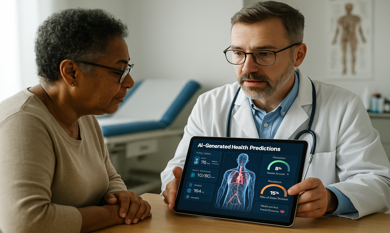
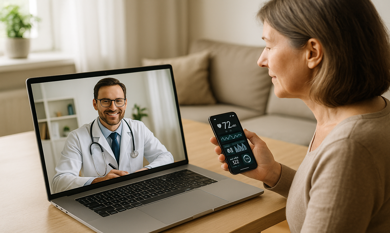
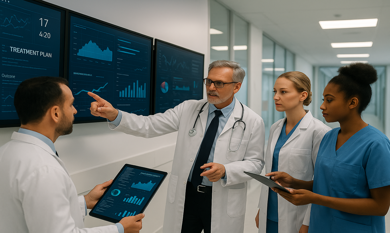

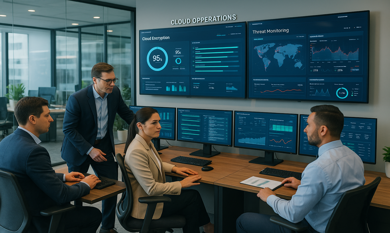
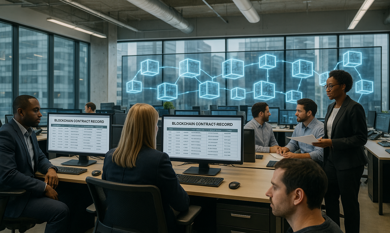
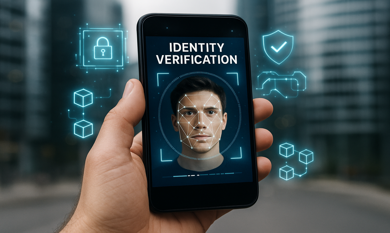

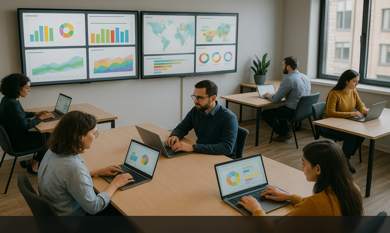


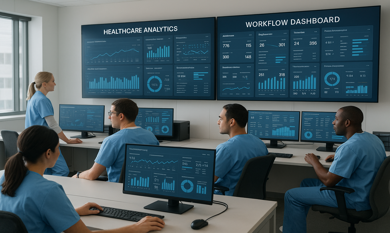




.png)
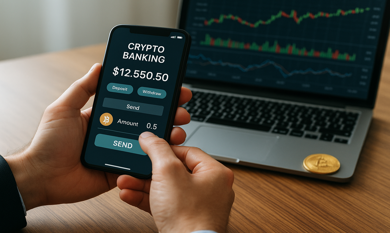

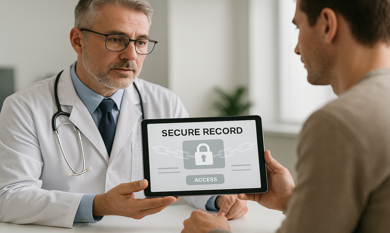


.png)
